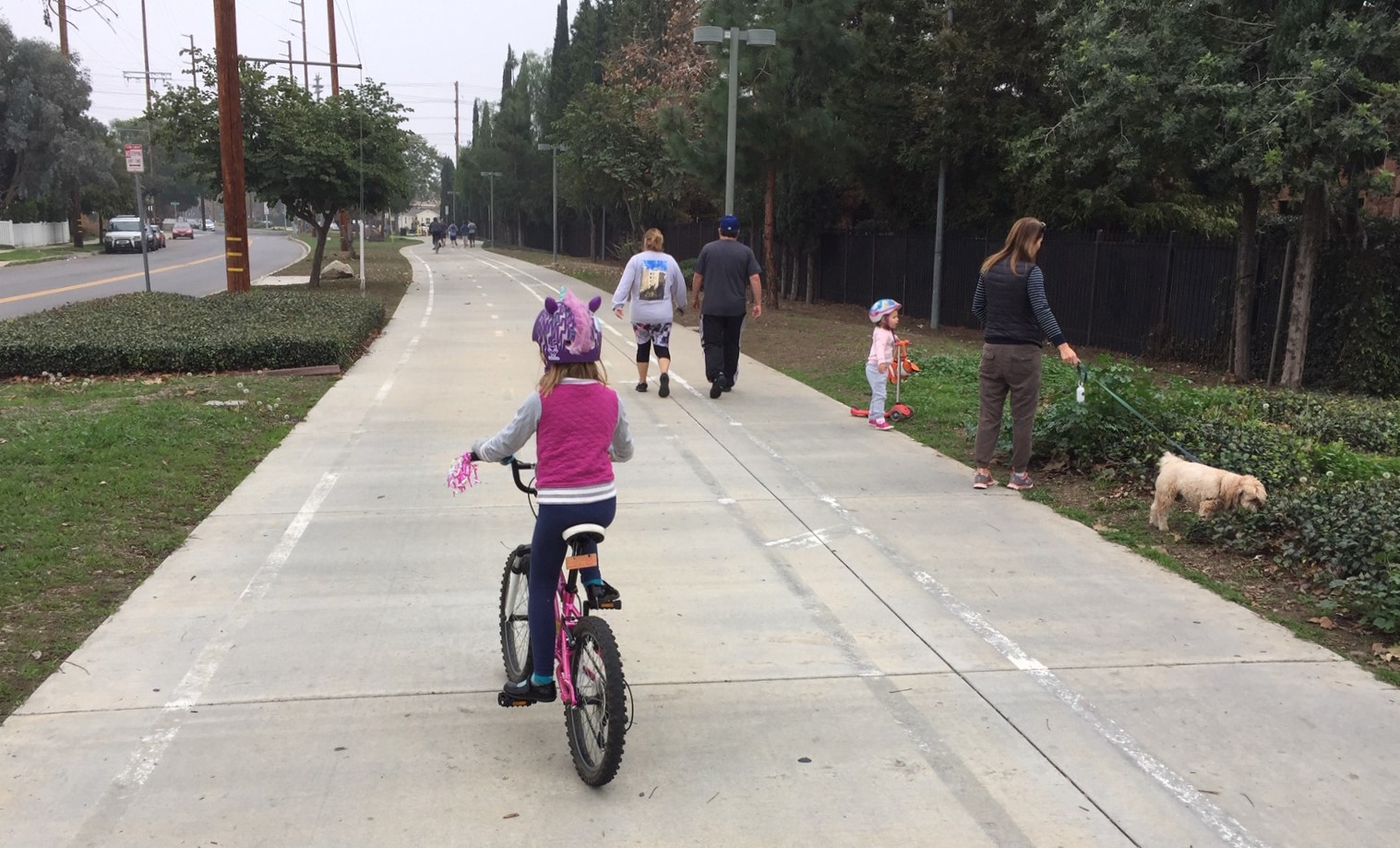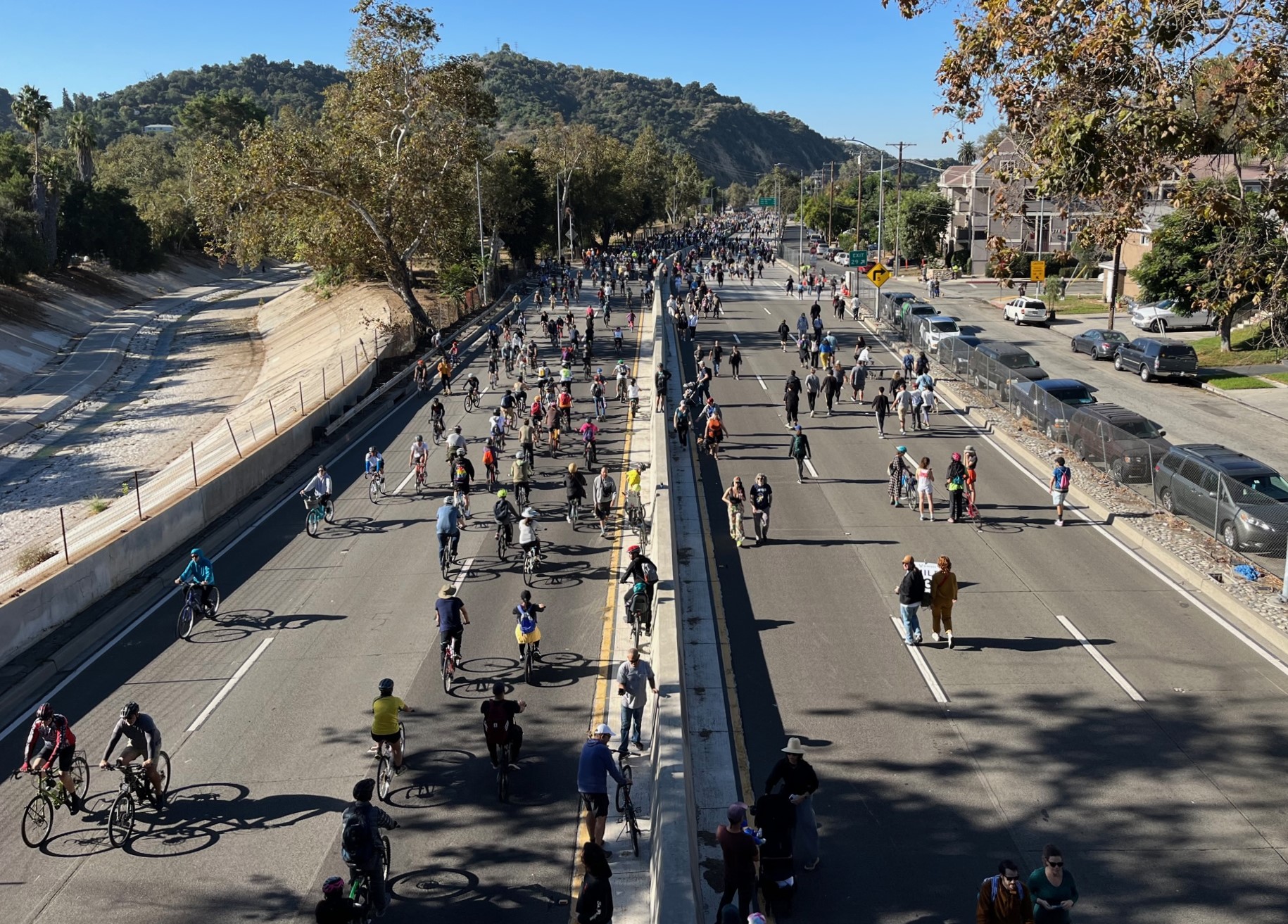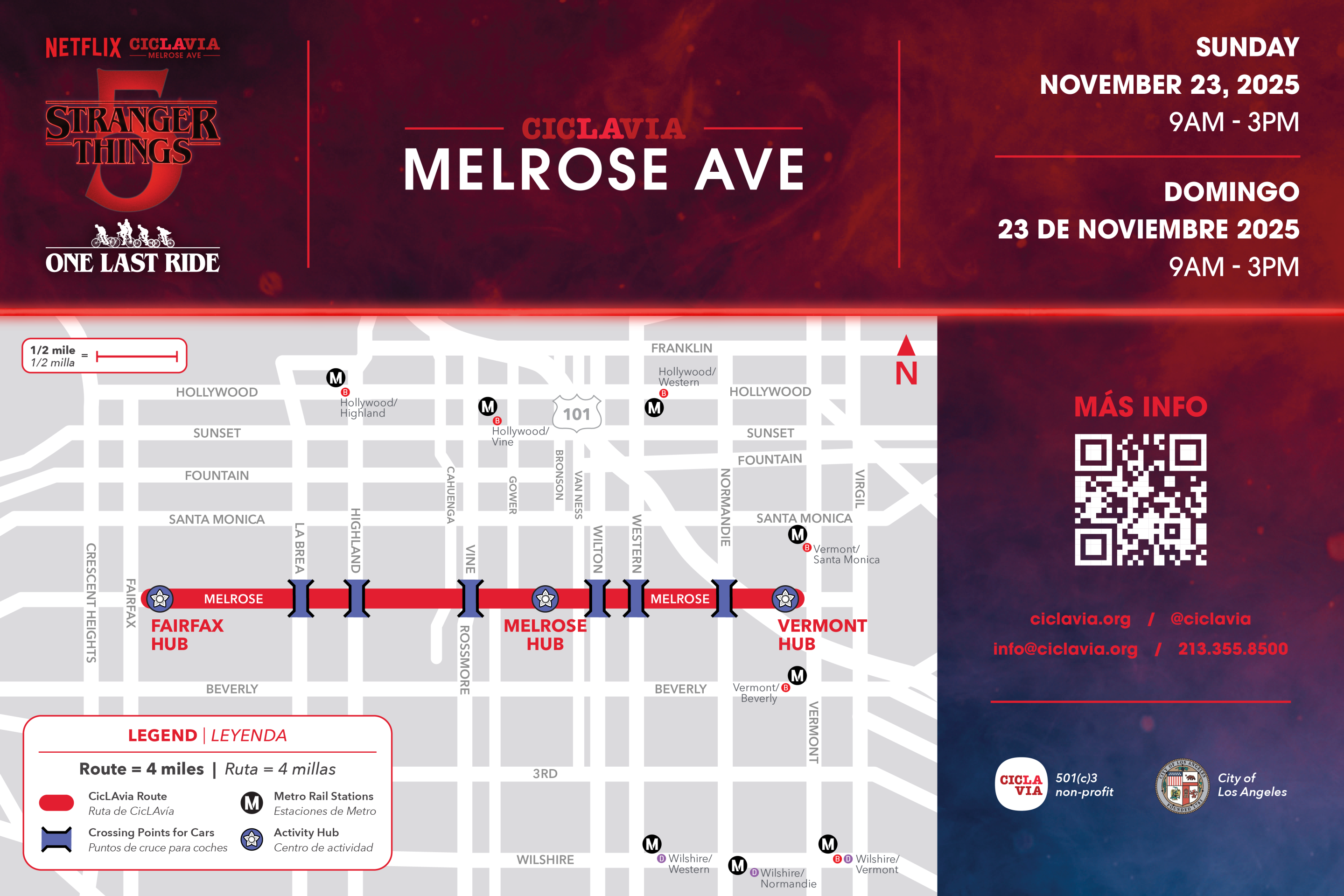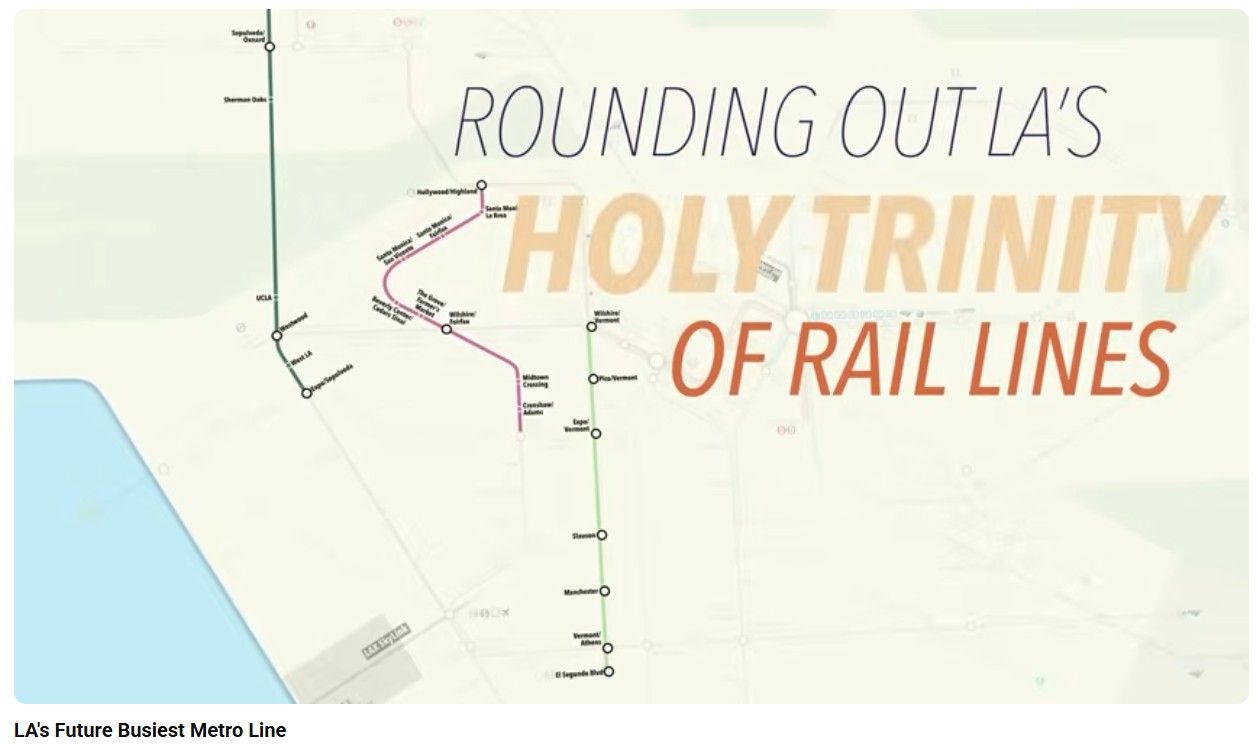Forget that it represents a tiny fraction of the transportation budget. Or that it improves health and safety. The major source of federal funding for better bicycling and walking -- Transportation Enhancements -- is the program Republican senators love to hate.
First Senator Tom Coburn sought its elimination. Then Senator John McCain targeted it for restrictions. Now Rand Paul is attacking the popular safety program as "frivolous," saying the money should be transferred to bridge repair. But if these senators really care about maintaining America's bridges, maybe the smarter move would be to invest more in bike and pedestrian infrastructure.
Jonathan Maus at Bike Portland explains how increasing the share of biking and walking trips can actually reduce maintenance costs and extend the useful life of road infrastructure:
With all this talk of bridges and funding, I think it's a good time to recall a story we did in April 2010 about the impact bicycling has had on the Hawthorne Bridge. The story was based off an analysis by Portland Bureau of Transportation's bike coordinator Roger Geller. Geller's theory, which he backs up with statistics and analysis you can see below, is that the Hawthorne Bridge has been able to carry more people with less traffic and at lower costs in infrastructure investment because of one major factor — bike traffic.
Maus goes on:
In the case of the Hawthorne Bridge, the negative effects of congestion have been kept at bay. Because, while the number of vehicles increased 20% between 1991 and 1998 2008, that increase has been almost wholly in bicycle traffic. Had the increase been—as it might be in most places—automobiles, then the intersections at either ends of the bridge would likely have failed in their ability to effectively and efficiently move traffic.
However, because the increased demand for mobility has been borne almost exclusively by the bicycle, automotive traffic flows in this area the same today as it did in 1991. It is for this reason, in part, that Portland’s award winning traffic engineer, Rob Burchfield, states that: “Bicycling infrastructure is relatively easy to implement and low cost compared to other modes. It is by far the most cost-effective way to provide for personal mobility in an urban transportation system.”
So eliminating Transportation Enhancements not only won't fix the nation's bridges -- the $900 million pot of funds couldn't even pay for patching things up with duct tape -- but could increase the overall cost of infrastructure maintenance.
Elsewhere on the Network today: TBD on Foot reports that Gabe Klein's latest safety awareness campaign at Chicago DOT involves displaying dummies representing the 32 pedestrians killed on city streets last year. The Dirt comments on the nation's 100 Best Public Spaces, as determined by a crowd-sourcing project of Planetizen and Project for Public Spaces. And Sharable Cities wonders why bikes seem to have become a favorite target of Republicans, despite the low costs of bike infrastructure.







